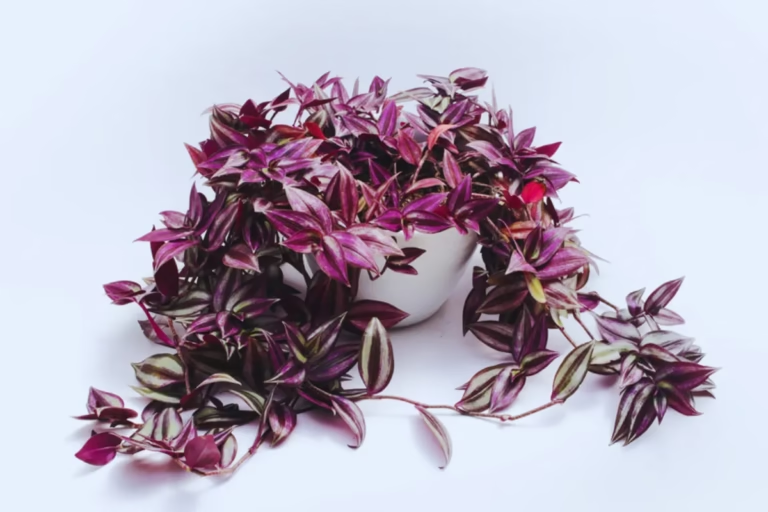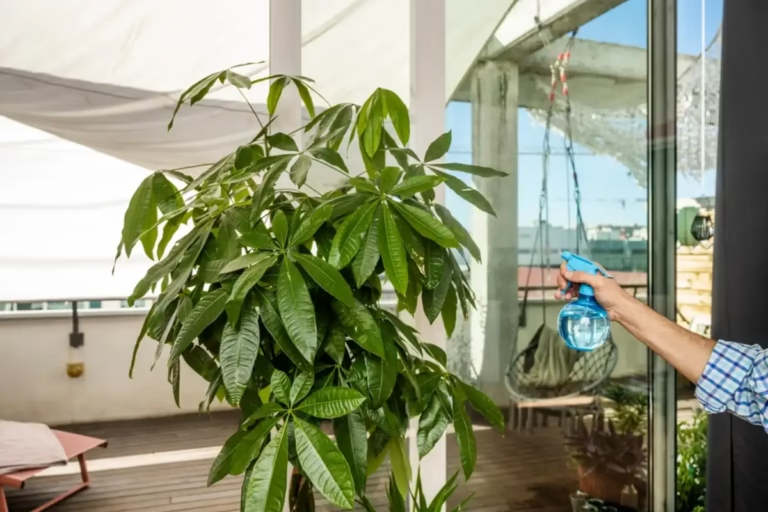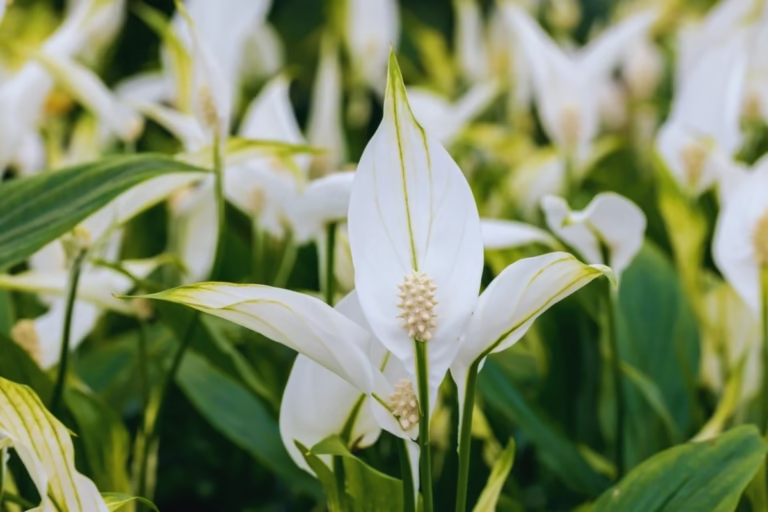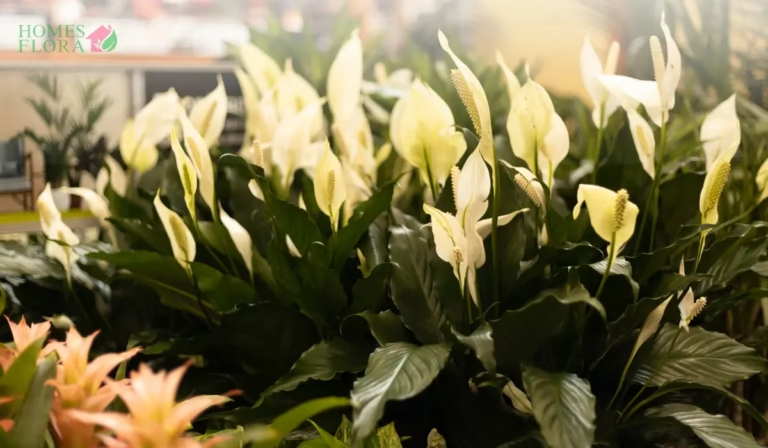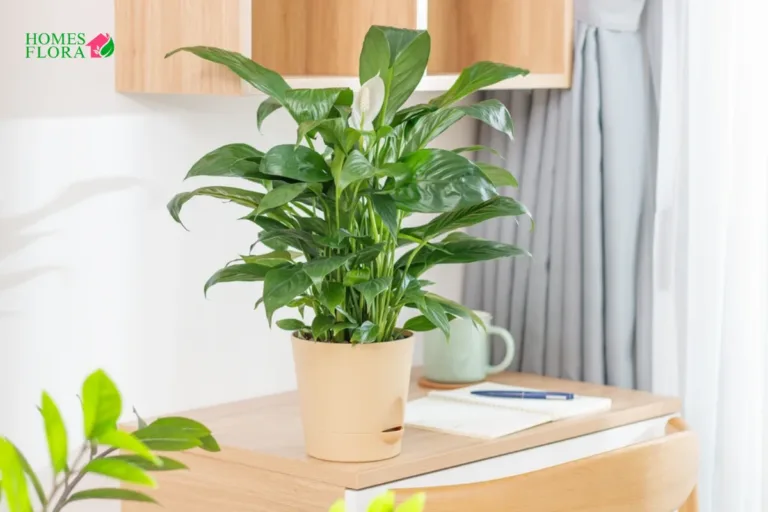How Often and How Much to Water a Peace Lily | Perfect Plan
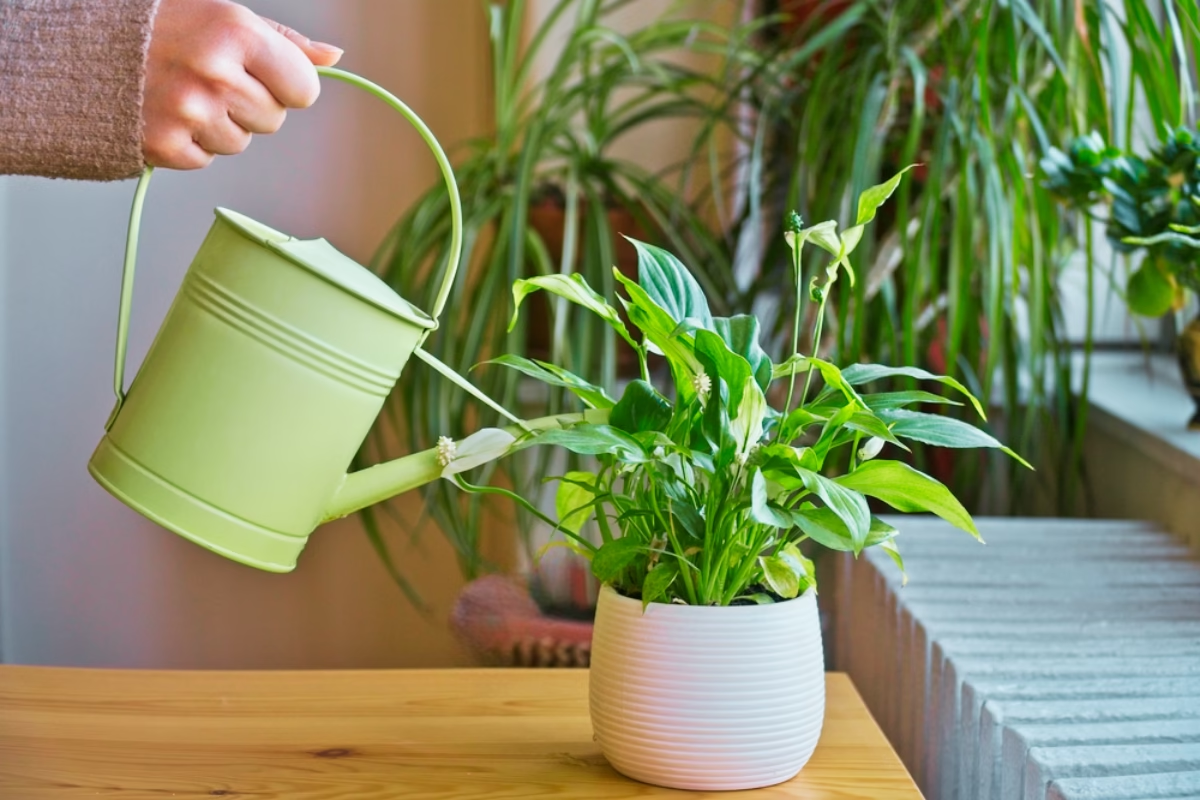
Are you wondering if you’re watering your peace lily too much or too little? Or maybe you are unsure how to adjust your watering routine to seasonal changes or varying humidity levels. It’s not just you if you’re worried about keeping your peace lily perfectly hydrated without risking root rot or drooping leaves. This guide is designed especially for you, addressing these common concerns to help you confidently care for your peace lily with the proper watering habits.
Quick Answer
Water Your Peace lily once a week in summer and every 10–14 days in winter. Always check the top inch of soil—if it’s dry, it’s time to water.
why proper watering is Cruial for Peace Lily
Peace Lily—elegant but fussy, like a friend who insists their tea be brewed just so. Proper watering is everything for this beauty. Let the top inch or two of soil dry out—like a sponge that’s lost its dampness—before giving it a deep, thorough drink. Water until it flows freely from the drainage holes, then let it breathe. Overwatering drowns its roots, while neglect leaves it slumped in despair. Use filtered water if you can—they’re sensitive to harsh chemicals. And if you ever doubt? A moisture meter is your quiet guide. With a little attention, it’ll reward you with those striking white blooms and lush green leaves.
Peace Lily Watering: Quantity and Routine
“Peace Lilies need just the right amount of water—enough to moisten the soil without waterlogging it. Here’s how to get it right:
By balancing the right quantity and frequency, you’ll keep your Peace Lily healthy and thriving. Overwatering can lead to root rot, while underwatering causes drooping leaves, so stick to this simple schedule for best results!
how a underwater peace lily looks like
Knowing when your Peace Lily is thirsty isn’t complicated, but it takes some observation. Here’s how to recognize when it’s time for a drink and how seasonal shifts affect this routine. Drooping leaves and dry soil are also signs that your peace lily might be struggling with inadequate light conditions, not just a lack of water. Peace Lilies are expressive plants—they’ll show you when thirsty! Look for these key signs:
- Drooping Leaves: If the leaves start to droop or look limp, it’s usually a sign that the plant needs water. you can often revive them with a timely watering.
- Dry Soil: Check the top inch of the soil by pressing your finger into it. If it feels dry, that’s your green light for watering. Avoid letting the soil become too dry or cracked, as Peace Lilies do best with moderate moisture.
- Lighter Leaves: A Peace Lily’s leaves sometimes look lighter or fade when dehydrated. While this isn’t as immediate as drooping, it’s still a sign that your plant may need more consistent moisture.
Seasonal Adjustments: Summer vs. Winter
Peace Lilies’ watering needs fluctuate with the seasons, and recognizing these changes can help keep your plant vibrant year-round.
During the summer, it’s important to shield your peace lily from the effects of direct sunlight while ensuring it receives adequate moisture.
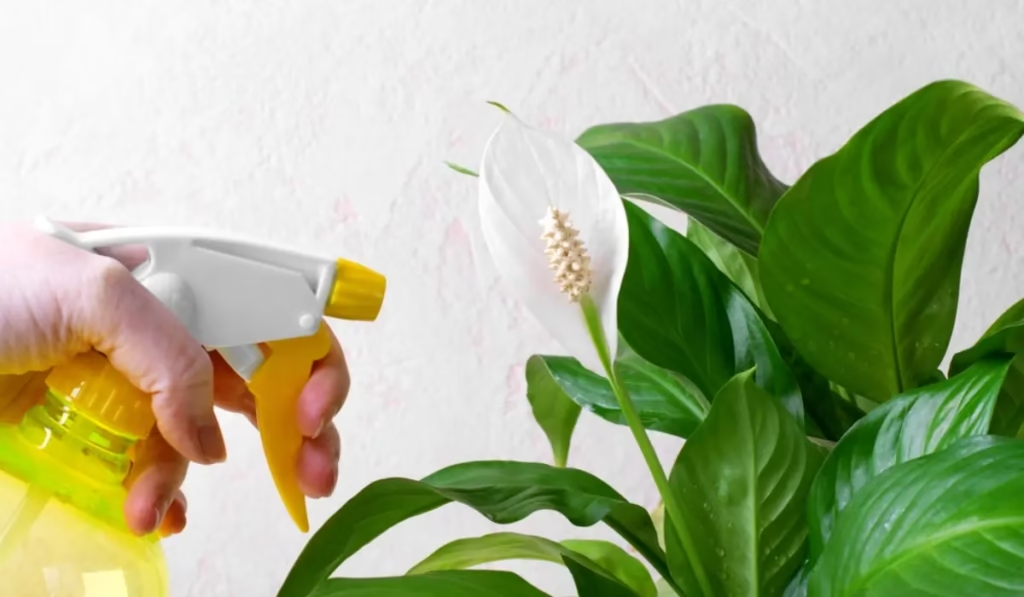
Steps of Peace Lily Watering for Perfect Care
Watering a Peace Lily correctly is the key to helping it grow strong and vibrant. Here’s a simple guide to ensure your plant gets the right amount of water it needs to flourish.
Check the Soil First: Before reaching for the watering can, check the soil’s moisture. Peace Lilies prefer slightly damp soil, not soggy. Gently press your finger into the top inch of soil—if it feels dry, it’s time to water. If it’s still moist, give it a few more days.
Water Evenly and Slowly: When watering, pour the water evenly around the soil, not just in one spot. Aim for the soil to be moist but not soaking. Peace Lilies have shallow roots that absorb water best when it’s spread evenly.
Allow for Drainage: After watering, make sure excess water can drain away. If the pot has a saucer, empty it to prevent water from sitting at the base. Stagnant water can lead to root problems, so drainage is crucial.
Adjust for Humidity and Seasons: In dry or heated environments, your Peace Lily may dry out faster. Misting helps balance humidity, especially during winter. But remember, misting is in addition to watering—not a replacement.
By following these steps, you’ll give your Peace Lily the best chance to thrive. This method not only avoids common pitfalls but also supports healthy, consistent growth for a beautiful, lush plant all year round.
Best Water for Peace Lily: Warm or Cold?
Peace Lilies prefer room-temperature water, typically around 68°F to 72°F (20°C to 22°C), as cold water can shock their roots and inhibit their ability to absorb moisture effectively. On the other hand, hot water can damage the roots, leading to wilting and overall plant stress. For optimal health, always ensure the water is at a comfortable temperature to support your Peace Lily’s growth.
Do Peace Lilies Like Rainwater?
Yes, Peace Lilies thrive with rainwater, which is chemical-free and has a neutral pH, promoting healthy growth. Rainwater also contains natural nutrients that benefit the plant. Collect rainwater in a clean container during storms, ensuring it’s clear and fresh before use.
Watering Mistakes and How to Avoid Them
Watering all Beautiful Varieties Peace Lilies seems straightforward, but a few common mistakes can harm its health. Here’s a quick guide to avoid overwatering and underwatering to achieve the right balance.
Overwatering and Its Effects
Overwatering is a frequent issue for Peace Lilies. While they like moisture, too much water can suffocate the roots, leading to root rot, which causes yellowing leaves and a weakened plant.
- Solution: Check the soil before every watering. If the top inch still feels damp, wait a few days before rechecking. A good rule of thumb is to water only when the soil’s surface feels dry.
- Fact: Root rot happens when water sits in the soil too long, depriving roots of oxygen. This can lead to fungi growth, slowly killing the plant if not managed.
Underwatering and Its Effects
Underwatering can be just as harmful. Peace Lilies respond to dry conditions with drooping leaves, but long-term neglect may lead to browning edges, stunted growth, and stress for the plant.
- Solution: Set a reminder or schedule to check the soil regularly. Peace Lilies do best with consistent moisture but not soaking.
Tips for Proper Drainage
Ensuring proper drainage is vital. If water can’t escape, it sits at the bottom of the pot, leading to root issues.
- Choose the Right Pot: Always select a pot with drainage holes. This allows excess water to escape and prevents soggy soil, which Peace Lilies don’t tolerate.
- Use Well-Draining Soil: The standard indoor potting mix works well, but you can add a handful of perlite or coarse sand to improve drainage.
- Empty the Saucer: If your pot has a saucer, empty it after watering. Standing water in the saucer can reabsorb into the soil, creating a wet environment at the roots.
Keeping an eye on these common pitfalls will help your Peace Lily thrive and avoid the most common watering mistakes. Peace Lilies need a gentle hand, and with care, they’ll reward you with lush, vibrant leaves.
Final Thoughts
Watering a Peace Lily doesn’t have to be complicated. By observing your plant’s needs and adjusting its care, you can keep it thriving. Remember that a balance of proper watering, humidity, and suitable light conditions ensures a lush, healthy plant all year round. We hope this guide has provided the clarity and confidence you need to care for your Peace Lily. With a little attention, your plant will flourish, bringing you joy and lush greenery for years to come!

